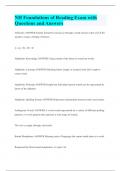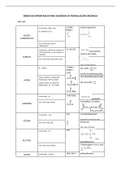Summary
Summary Performance Management: Includes all articles and lectures
- Course
- Institution
This summary of the whole course is very extensive and takes everything into account. If you want a short and to the point summary, this one is probably not of interest to you. I would recommend buying this summary if you don't want to re-read all the articles and study all lectures again. Stud...
[Show more]












